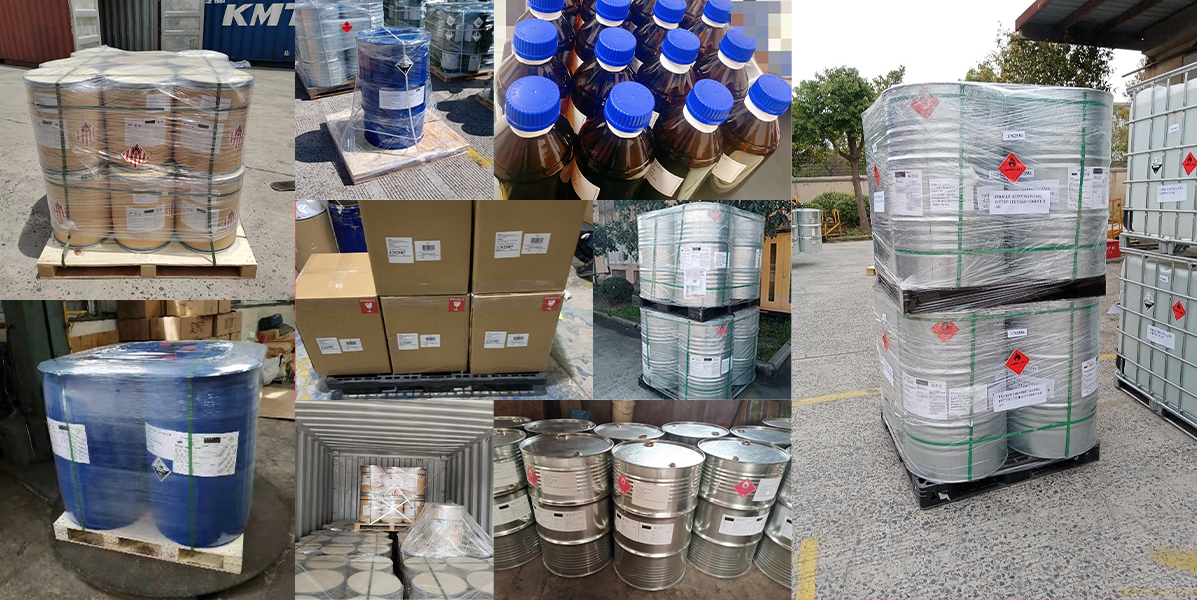In the intricate world of organic electronics, understanding the fundamental electronic properties of materials is key to designing high-performance devices. For conjugated polymers like Poly[2-methoxy-5-(3,7-dimethyloctyloxy)-1,4-phenylenevinylene], or MDMO-PPV (CAS 177716-59-5), the Highest Occupied Molecular Orbital (HOMO) and Lowest Unoccupied Molecular Orbital (LUMO) energy levels are critical parameters that dictate their suitability for various applications, including Organic Photovoltaics (OPV), Organic Thin-Film Transistors (OTFT), and Organic Field-Effect Transistors (OFET).
MDMO-PPV is a dialkoxy-substituted derivative of the well-known poly(p-phenylenevinylene) (PPV) family. Its conjugated backbone allows for delocalization of pi electrons, which is essential for semiconducting behavior. The specific arrangement of methoxy and dimethyloctyloxy side chains influences not only the material's solubility and processability but also its electronic band structure. The HOMO level represents the energy required to remove an electron from the highest occupied molecular orbital, while the LUMO level represents the energy required to add an electron to the lowest unoccupied molecular orbital. The energy difference between HOMO and LUMO defines the band gap of the material.
For MDMO-PPV, reported HOMO energy levels are typically around -5.4 eV, and LUMO levels are approximately -3.2 eV. These values are particularly significant for several reasons. In OPV devices, the HOMO level of the donor material must be appropriately aligned with the HOMO level of the acceptor material to facilitate efficient exciton dissociation and charge transfer. A wider band gap (larger difference between HOMO and LUMO) generally means the material can absorb higher energy photons (shorter wavelengths), but it might limit the overall voltage output. Conversely, a narrower band gap allows for absorption of lower energy photons (longer wavelengths).
In OTFT and OFET applications, the HOMO and LUMO levels influence the charge injection barriers from the electrodes and the type of charge carrier (holes or electrons) that the material will primarily transport. MDMO-PPV's energy levels make it suitable as a p-type semiconductor (hole transporter), which is a common requirement for many transistor architectures. The ability to accurately characterize and provide these critical energy levels is a testament to our commitment as a leading manufacturer and supplier. When you purchase MDMO-PPV from us, you receive materials with precisely defined electronic properties, enabling predictable device performance.
Understanding these fundamental orbital energies empowers engineers and scientists to make informed material choices and optimize device architectures. As a trusted supplier of MDMO-PPV, we encourage our clients to leverage this information for their design processes. For those seeking to buy MDMO-PPV with well-defined HOMO and LUMO levels to drive innovation in organic electronics, our high-purity product is an excellent choice. Inquire today for pricing and technical specifications to enhance your next project.
Manufacturing Facilities






Professional Export Experience
to Global Customers

1. 20 years of R&D, manufacturing and sales experience, serving customers in 60 countries and regions around the world;
2. Own R&D laboratory, pilot platform and large-scale production workshop, which can meet the audit requirements of global customers;
3. We can satisfy customers' perfect transition from small scale lab requirements (gram level) to commercialization requirements (hundred tons level).
A: We don't have Minimum Order Quantity, exact quantity should be provided before quotation for us to calculate the exact cost.
A: We don't provide free samples due to lots of request and expensive international courier's cost, we can deduct the sample charge after commercial order placed.
A: Our payment terms: Small or sample order: T/T IN ADVANCE. Commercial order: First order should be by T/T IN ADVANCE or L/C at sight, and following orders T/T 30~90days is acceptable subject to approval of credit application.